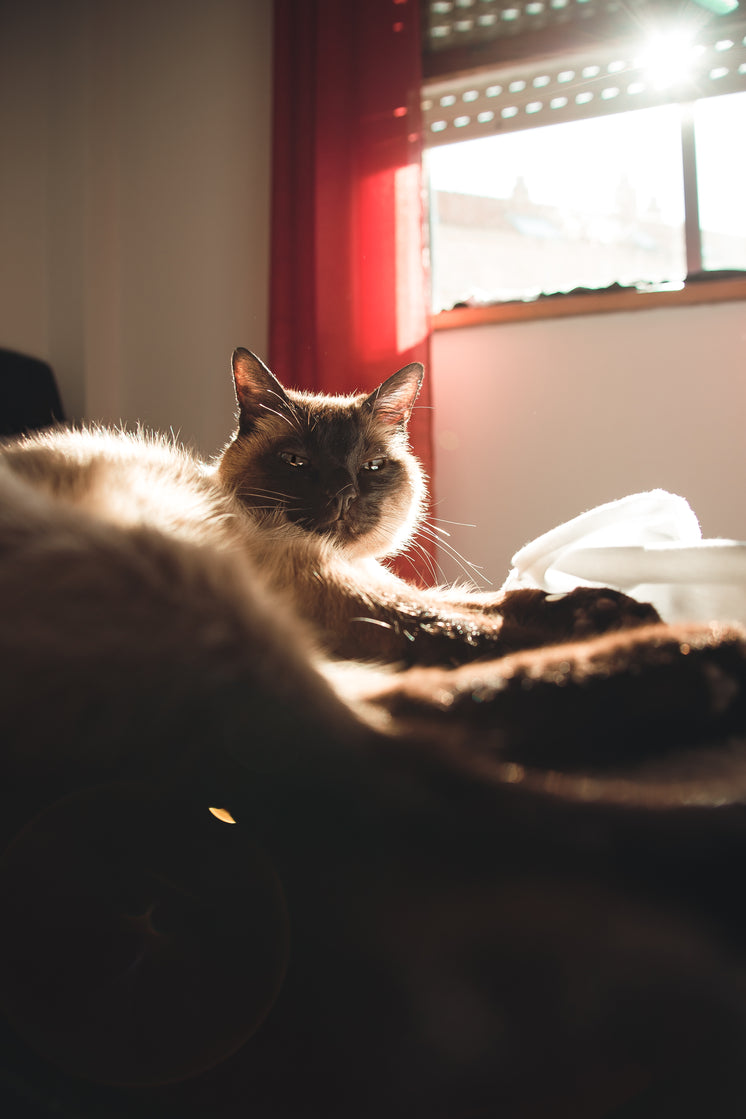
Cat litter and litter boxes play a pivotal function in the lives of both felines and their owners. From the humble beginnings of sand and soil to the ingenious improvements these days, the world of cat litter has developed substantially. In this comprehensive guide, we delve into every aspect of cat litter and litter boxes, exploring their history, types, benefits, difficulties, and whatever in between.
The history of cat litter go back centuries, with ancient civilizations utilizing sand, soil, and even ashes as primitive litter products. Nevertheless, it wasn't up until the mid-20th century that modern-day cat litter as we understand it emerged. In 1947, Edward copyright presented the world's very first industrial cat litter made from absorbent clay, changing the method felines relieved themselves inside. Ever since, cat litter has actually gone through many improvements, with the intro of clumping litter, silica gel litter, naturally degradable choices, and more.
Today, cat owners are spoiled for choice when it comes to selecting the ideal litter for their feline buddies. Standard clay litter stays popular for its cost and effectiveness in absorbing smells. Clumping litter, which forms strong clumps when wet, streamlines cleaning and maintenance. Silica gel litter, composed of extremely absorbent silica crystals, provides exceptional odor control and longevity. Eco-friendly alternatives, such as recycled paper, wood pellets, corn, and wheat, attract environmentally conscious customers.
Each kind of cat litter offers unique advantages. Clay litter masters its capability to take in moisture Self Cleaning Litter Boxes and control odors, making it a reputable choice for many feline owners. Clumping litter streamlines everyday scooping and extends the time between total cat litter litter modifications. Silica gel litter provides exceptional smell control and can last longer in between replacements. Naturally degradable litters offer a sustainable option that lessens environmental effect.
While cat litter improves indoor feline hygiene, it is not without its obstacles. Dust from clay litter can posture respiratory risks for both felines and people, triggering the appeal of dust-free alternatives. Some felines may establish litter box hostility due to issues with texture, aroma, or cleanliness, necessitating experimentation with various litters and box configurations. Multi-cat families may need tactical litter box placement and regular maintenance to avoid territorial disputes and make sure all cats have access to tidy facilities.
Picking the suitable litter box is essential for promoting favorable litter box habits and total feline well-being. Aspects to consider consist of size, ease of access, and style preferences. Covered litter boxes supply privacy and aid contain smells, but some felines might find them restricting or intimidating. Open-top litter boxes use easy access and presence but might result in more litter scatter. Automatic self-cleaning litter boxes enhance maintenance but need regular monitoring and maintenance.
Proper litter box upkeep is crucial for guaranteeing a tidy and inviting environment for both felines and their owners. Daily scooping gets rid of waste quickly, minimizing odor and preventing litter box aversion. Regular litter replacement, usually every 1-2 weeks, prevents bacterial buildup and keeps optimal absorbency. Comprehensive cleansing with mild detergent and water, preventing extreme chemicals that may prevent felines from using the box, must be carried out monthly.
Cat litter and litter boxes play a central role in promoting a healthy and unified relationship in between cat litter box with lid cats and their human companions. With a varied selection of litter options and litter box designs offered, feline owners have the versatility to tailor their options to match their cats' choices and family needs. By comprehending the advancement, types, benefits, and difficulties of cat litter and litter boxes, animal owners can supply their feline friends with a comfortable and hygienic indoor environment.